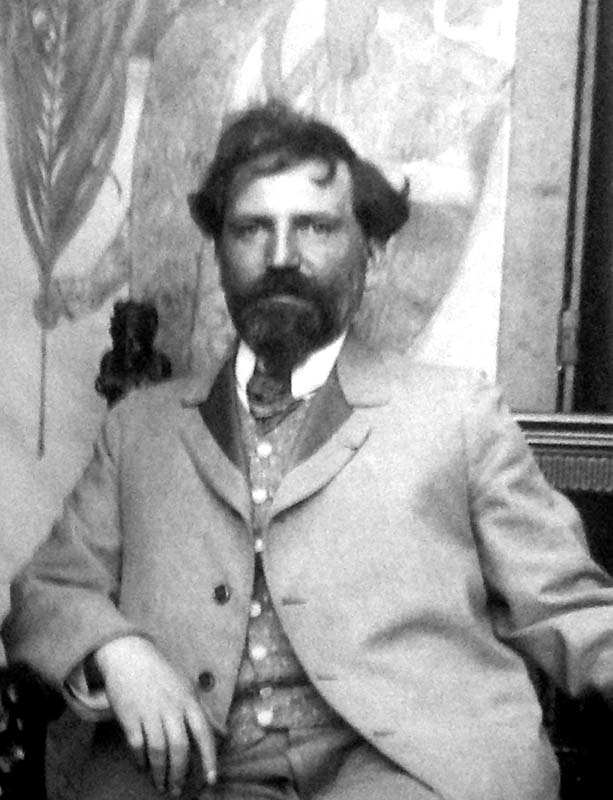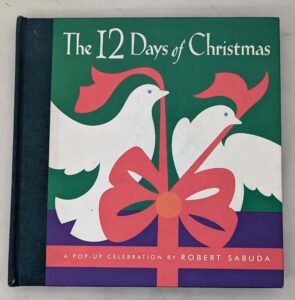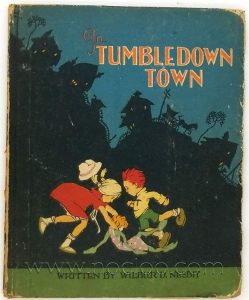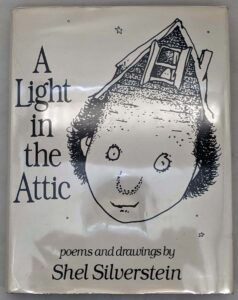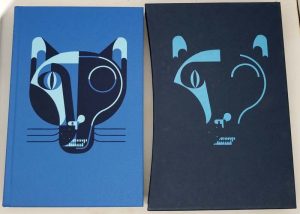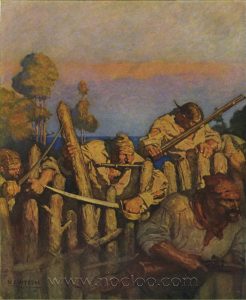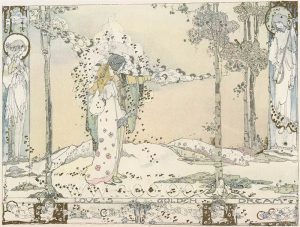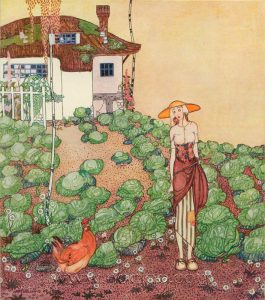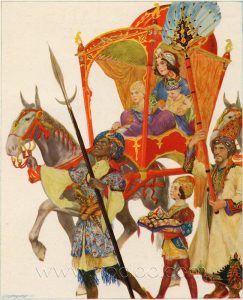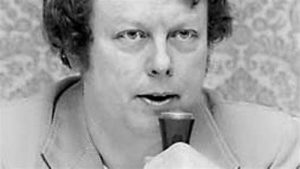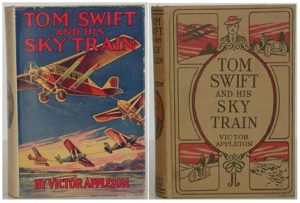Alphonse Mucha - 'Benedictine', 1896-98, 209,3 x 77,5 cm
Alphonse Mucha - 'Benedictine', 1896-98, 35,4 x 13,6 cm
Alphonse Mucha - 'Bieres de la Meuse', 1897, 148,5 x 104,7 cm
Alphonse Mucha - 'Carriage Dealers', 1902, 106 x 51 cm
Alphonse Mucha - 'Chocolat Ideal', 1897, 86 x 57,8 cm
Alphonse Mucha - 'Menu', 1897, 21,8 x 15 cm
Alphonse Mucha - 'Menu', 1897, 21,9 x 15 cm ,
Alphonse Mucha - 'Menu', 1897, 21,9 x 15 cm
Alphonse Mucha - 'Nestle's Food', 1897, 71 x 35 cm
Alphonse Mucha - 085
Alphonse Mucha - 087
Alphonse Mucha - 088
Alphonse Mucha - 089
Alphonse Mucha - 090
Alphonse Mucha - 091
Alphonse Mucha - 092
Alphonse Mucha - 093
Alphonse Mucha - 094
Alphonse Mucha - 095
Alphonse Mucha - 096
Alphonse Mucha - 097
Alphonse Mucha - 098
Alphonse Mucha - 099
Alphonse Mucha - 100
Alphonse Mucha - 101
Alphonse Mucha - 102
Alphonse Mucha - 103
Alphonse Mucha - 104
Alphonse Mucha - 105
Alphonse Mucha - 106
Alphonse Mucha - 107
Alphonse Mucha - 108
Alphonse Mucha - 109
Alphonse Mucha - 110
Alphonse Mucha - 111
Alphonse Mucha - 112
Alphonse Mucha - 113
Alphonse Mucha - 114
Alphonse Mucha - 115
Alphonse Mucha - 116
Alphonse Mucha - 117
Alphonse Mucha - 119
Alphonse Mucha - 120
Alphonse Mucha - 121
Alphonse Mucha - 123
Alphonse Mucha - 124
Alphonse Mucha - 126
Alphonse Mucha - 127
Alphonse Mucha - 128
Alphonse Mucha - 129
Alphonse Mucha - 130
Alphonse Mucha - 131
Alphonse Mucha - 132
Alphonse Mucha - 133
Alphonse Mucha - 134
Alphonse Mucha - 135
Alphonse Mucha - 136
Alphonse Mucha - 137
Alphonse Mucha - 138
Alphonse Mucha - 139
Alphonse Mucha - 140
Alphonse Mucha - 141
Alphonse Mucha - 142
Alphonse Mucha - 143
Alphonse Mucha - 144
Alphonse Mucha - 145
Alphonse Mucha - 146
Alphonse Mucha - 147
Alphonse Mucha - 148
Alphonse Mucha - 149
Alphonse Mucha - 150
Alphonse Mucha - 151
Alphonse Mucha - 152
Alphonse Mucha - 153
Alphonse Mucha - 154
Alphonse Mucha - 155
Alphonse Mucha - 156
Alphonse Mucha - 157
Alphonse Mucha - 158
Alphonse Mucha - 159
Alphonse Mucha - 160
Alphonse Mucha - 161
Alphonse Mucha - 162
Alphonse Mucha - 163
Alphonse Mucha - 164
Alphonse Mucha - 165
Alphonse Mucha - 166
Alphonse Mucha - 167
Alphonse Mucha - 168
Alphonse Mucha - 169
Alphonse Mucha - 170
Alphonse Mucha - 171
Alphonse Mucha - 172
Alphonse Mucha - 173
Alphonse Mucha - 177
Alphonse Mucha - 178
Alphonse Mucha - 179
Alphonse Mucha - 180
Alphonse Mucha - 181
Alphonse Mucha - 182
Alphonse Mucha - 183
Alphonse Mucha - 184
Alphonse Mucha - 185
Alphonse Mucha - 186
Alphonse Mucha - 187
Alphonse Mucha - 188
Alphonse Mucha - 189
Alphonse Mucha - 190
Alphonse Mucha - 1900
Alphonse Mucha - 191
Alphonse Mucha - 192
Alphonse Mucha - 193
Alphonse Mucha - 194
Alphonse Mucha - 195
Alphonse Mucha - Austria 1899 68x98 5cm
Alphonse Mucha - Autumn 1896 panel
Alphonse Mucha - Benedictine 77x205 7cm
Alphonse Mucha - Bieres de la Meuse. 104 5x154 5cm
Alphonse Mucha - Biscuits Champagne-Lefevre-Utile 1896 35 5x52cm
Alphonse Mucha - Biscuits Lefevre-Utile 1896 43 5x62cm litho
Alphonse Mucha - Bracelet 1899 43 5x62cm
Alphonse Mucha - Chocolat Ideal 1897 78x117cm
Alphonse Mucha - Contemplation
Alphonse Mucha - Dance 1898 38x60cm
Alphonse Mucha - Daughter
Alphonse Mucha - design 1
Alphonse Mucha - design 2
Alphonse Mucha - Easter Chimes Awaken Nature 1896
Alphonse Mucha - F Champenois Imprimeur-Editeur 1897 55 2x72 7cm
Alphonse Mucha - Flirt Lefevre-Utile 1899 30x64 2cm calendar
Alphonse Mucha - Flower 1897 44 4x66 2cm litho
Alphonse Mucha - Fruit 1897 44 4x66 2cm litho
Alphonse Mucha - Fruit
Alphonse Mucha - Fuchsia necklace
Alphonse Mucha - Gismonda 1894 74 2x216cm
Alphonse Mucha - Hamlet 1899 76 5x205 7cm
Alphonse Mucha - Head of a Girl
Alphonse Mucha - Heidsieg Monopole and Co 1901 49 7x66 5cm
Alphonse Mucha - Heraldic Chivalry
Alphonse Mucha - Jaroslava 1920 73x60cm
Alphonse Mucha - Job 1896 59x173cm
Alphonse Mucha - La Dame aux Camelias 1896 72 2x207 3cm
Alphonse Mucha - La Samaritaine 1897 58 3x173cm
Alphonse Mucha - Lance parfum Rodo 1896 32x44 5cm
Alphonse Mucha - Lefevre-Utile 1903 53x72cm
Alphonse Mucha - Lefevre-Utile 1903
Alphonse Mucha - Leo Szemere, 1897, 9,1 x 4,9 cm
Alphonse Mucha - Lorenzaccio 1896 73x203 7cm
Alphonse Mucha - Luchon 1895 75 2x105 7cm
Alphonse Mucha - Madonna of the Lilies
Alphonse Mucha - Manhood 1897 21 5x29 9cm calendar
Alphonse Mucha - Maud Adams as Joan of Arc
Alphonse Mucha - Medee 1898 76x206cm
Alphonse Mucha - mn1
Alphonse Mucha - Moet & Chandon Crement Imperial 1899 23x60 8cm
Alphonse Mucha - Moet and Chandon White Star 1899 23x60 8cm
Alphonse Mucha - Monaco Monte-Carlo 1897 74 5x108cm litho
Alphonse Mucha - Moravian Teachers Choir 1911 79 5x108 5cm
Alphonse Mucha - Morning Star 1902 23 5x59cm litho
Alphonse Mucha - Nestles Food for Infants 1897 34 5x72cm
Alphonse Mucha - North Star 1902 56x21 7cm pencil wash
Alphonse Mucha - Perfecta Cycles 1902
Alphonse Mucha - Portrait of a Girl 1913 2
Alphonse Mucha - Portrait of a Girl 1913
Alphonse Mucha - Portrait of a Girl
Alphonse Mucha - Portrait of Milada Cerny
Alphonse Mucha - Portrait of the Artists Daughter Jaroslava
Alphonse Mucha - Poster 10c 11x25
Alphonse Mucha - Poster 11c
Alphonse Mucha - Poster 14c
Alphonse Mucha - Poster 15c
Alphonse Mucha - Poster 18c 11x23
Alphonse Mucha - Poster 19c 11x23
Alphonse Mucha - Poster 21c
Alphonse Mucha - Poster 22c 11x25
Alphonse Mucha - Poster 25c
Alphonse Mucha - Poster 27c
Alphonse Mucha - Poster 30c 11x16
Alphonse Mucha - Poster 33c 11x17
Alphonse Mucha - Poster 34c 11x17
Alphonse Mucha - Poster 35c 11x17
Alphonse Mucha - Poster 36c 11x18
Alphonse Mucha - Poster 39c
Alphonse Mucha - Poster 41c 11x22
Alphonse Mucha - Poster 42c 11x23
Alphonse Mucha - Poster 43c 11x24
Alphonse Mucha - Poster 44c 11x23
Alphonse Mucha - Poster 45c 11x24
Alphonse Mucha - Poster 46c 11x24
Alphonse Mucha - Poster 49c 11x23
Alphonse Mucha - Poster 58c
Alphonse Mucha - Poster 5c 11x28
Alphonse Mucha - Poster 68c
Alphonse Mucha - Poster 6c 11x26
Alphonse Mucha - Poster 79c 11x11
Alphonse Mucha - Poster 7c 11x26
Alphonse Mucha - Poster 80c 11x11
Alphonse Mucha - Poster 82c 11x11
Alphonse Mucha - Poster 86c 11x17
Alphonse Mucha - Poster 87c
Alphonse Mucha - Poster 9c 11x28
Alphonse Mucha - Salammbo
Alphonse Mucha - Salome 1897 41x31cm litho
Alphonse Mucha - Savonnerie de Bagnolet 1897 37x51 5cm
Alphonse Mucha - Savonnerie de Bagnolet
Alphonse Mucha - Self Portrait 1907 44x28 5cm
Alphonse Mucha - Spirit of Spring
Alphonse Mucha - Spring 1896 panel
Alphonse Mucha - Studies 1902 52x39cm crayon gouache
Alphonse Mucha - Studies1 1902 52x39cm crayon gouache
Alphonse Mucha - Study of Drapery 1900 61x46cm crayon gouache
Alphonse Mucha - Study of Drapery 1900
Alphonse Mucha - Summer 1896 panel
Alphonse Mucha - The Apotheosis of the Slavs 1926
Alphonse Mucha - The Judgement of Paris 1895 32 5x50cm calendar
Alphonse Mucha - The Red Cape 1902 64 8x48 8cm
Alphonse Mucha - The Seasons 1 Spring
Alphonse Mucha - The Seasons 4 Winter
Alphonse Mucha - Untitled watercolour
Alphonse Mucha - Untitled
Alphonse Mucha - Winter 1896 panel
Alphonse Mucha - Winter 1897 32x73cm panel
Alphonse Mucha - Winter Night 1920 60x73cm
Alphonse Mucha - Young Girl in a Moravian Costume
